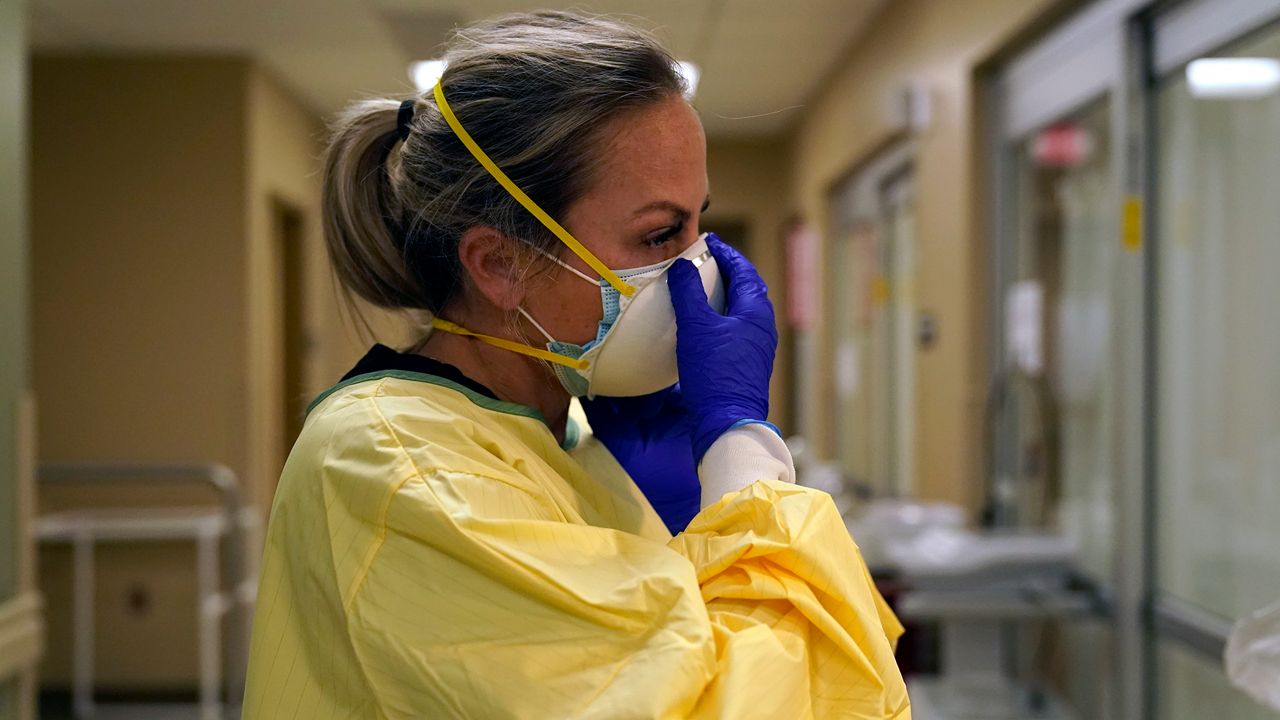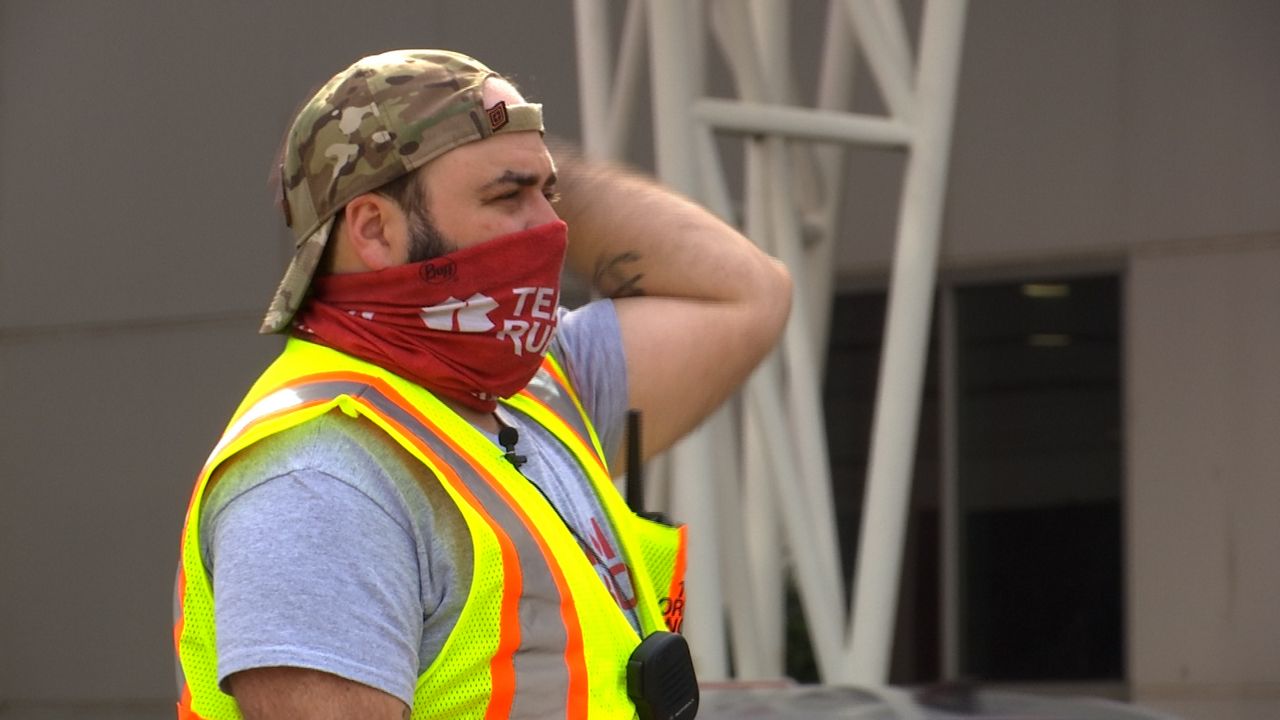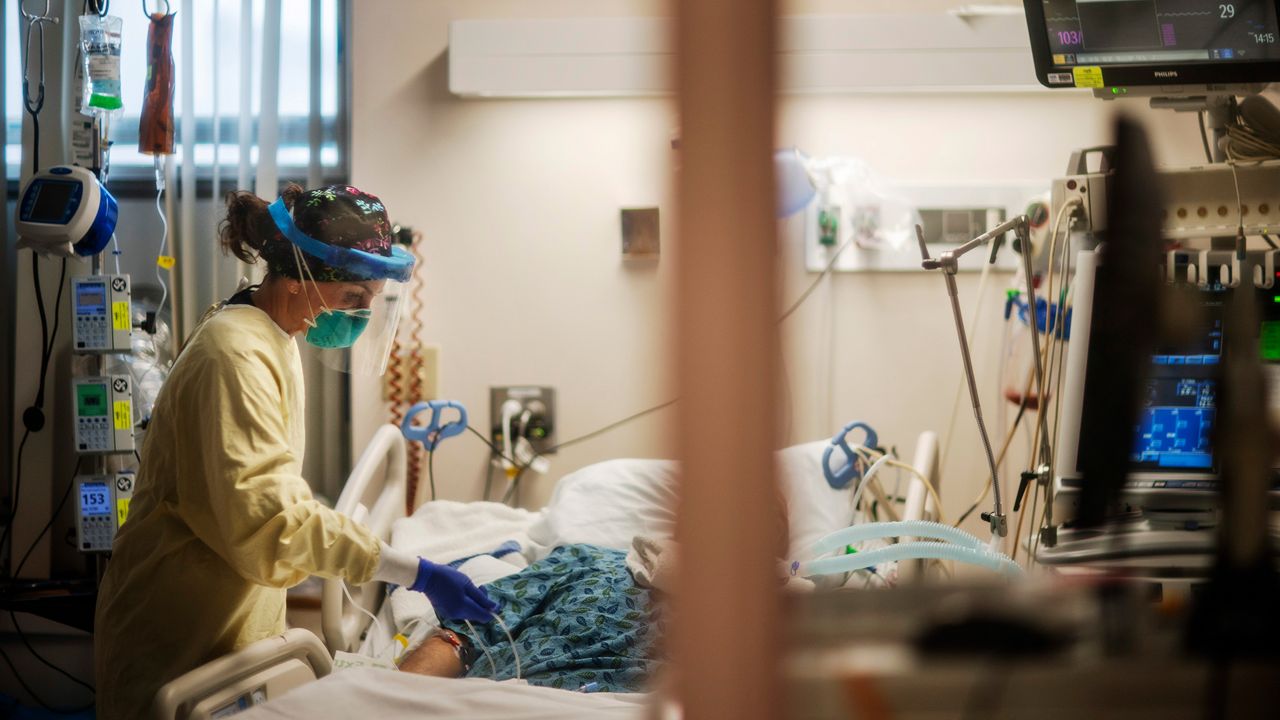COLUMBUS, Ohio — The Centers for Disease Control and Prevention (CDC) reported 37 Ohio cases of the COVID-19 variant discovered in the U.K. in the last week, bringing the state’s total to 128 cases.
What You Need To Know
- Ohio governor is concerned by rebounds of the virus in Michigan and West Virginia
- CDC report: Ohio has found 128 cases of the variant discovered in the United Kingdom
- University Hospitals in Cleveland has reported 64 cases
Ohio added 17 CDC-confirmed cases of the more contagious variant in Thursday’s update and 20 more in a Sunday evening update. The state’s variant case count increased by more than 40% since March 14.
An Ohio Department of Health laboratory reported its second detection of the variant Friday in Montgomery County, while CDC researchers who had previously reported six cases added another six on Thursday and Friday, according to a global database for tracking mutations in the virus.
The CDC cases were collected in February from three female and three male COVID-19 patients -- one teenager and the others middle-aged, 33 to 53.
The other research teams that have reported cases of the variant are University Hospitals Health System in Cleveland (64) and Ohio State University (3).
No information was available as to which labs detected at least 47 of the state’s CDC-confirmed cases.
The B.1.1.7 variant was behind a winter surge in the U.K., but vaccines perform well against the variant and cases have been plummeting in the U.K., according to officials. As of the latest update, 6,390 cases have been reported in the United States.
In Ohio, 4.3% (81) of all sequenced samples (1,865) are B.1.1.7 infections. At the beginning of the month, Ohio had just 19 CDC-confirmed cases of the variant. In March, 10.5% of all submissions (645) have been the variant detected in the U.K. (68).
Sequencing does not offer a real-time view of which variants are present, as cases are often submitted a month or more after collection, nor is it always random.
Analysis of PCR test results can indicate that a sample may be the variant. Some labs are sending off samples with that hint -- s-gene dropouts -- for full sequencing to identify the strain.
Ohio, with 3.5% of the U.S. population, is responsible for just less than one percent of U.S. sequencing uploaded to the research database for documenting mutations.
Describing a “race” between variants and vaccines, Gov. Mike DeWine said Thursday he is concerned by reports that Michigan’s COVID-19 numbers are moving in the wrong direction. Michigan has 616 CDC-confirmed variant cases, the second most in the U.S.
“We don't really know exactly what the enemy is doing, but we do know from talking to the scientists and talking to epidemiologists, that they do believe that the variant is spreading in Ohio,” DeWine said.
The governor said he also has some concern that West Virginia is reportedly seeing COVID-19 spread worsen, though the variant has only been detected three times there, according to the CDC.
“We don't want to become alarmed. We just need to stay focused. We need to continue to vaccinate just as quickly as we can,” DeWine said.








